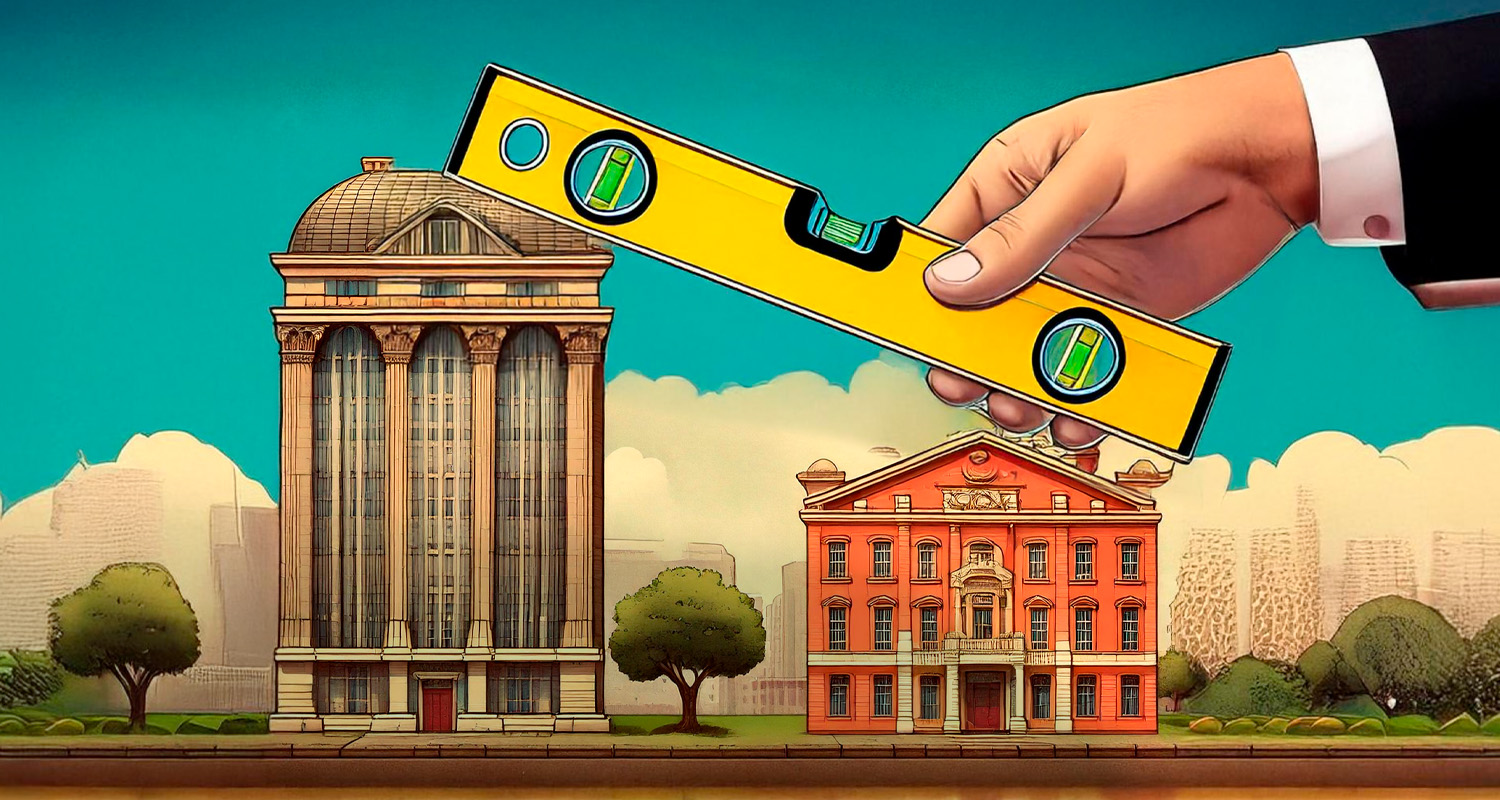What are the greatest threats to traditional banks? Based on the day that you ask any banker, you may get a different answer to the question. Community bankers have watched as big banks and credit unions have infringed upon their lines of business and customer base. More recently, they have witnessed the emergence of fintech companies focused on the goal of “disrupting” banking. These companies offer slick technology for payments and bank-like services. They promise quick lending decisions and ease of use that traditional banks, by and large, have not been able to match.
And while bankers deal with these threats every day, there is a more predominant concern taking shape. There is a bigger monster hiding under the bed in the form of the big tech companies such as Amazon, Apple, Facebook and Google.
The influence of these companies over their customers’ lives and decisions is bigger than anything we have ever seen before. And while Congress might be casually evaluating the need to break up these companies, their influence continues to grow larger every day. With this influence in mind, bankers are naturally asking what role the big tech companies will choose to play in financial services and how they could wield their influence to further change the landscape as we know it.
Many of the big tech companies have said what you would expect them to say. They are not interested in becoming banks. They look at the regulatory burden that banks face and, frankly, they just don’t have the appetite to deal with what bankers deal with every day. However, this means that they will employ no ends of creativity to leverage their platforms to infringe upon the financial services space without getting in. They want to dip a toe into the waters of banking, rather than taking a running start and cannonballing into those waters.
To understand the angle, there is a simple term that we will soon hear with greater consistency: “banking as a service.”
Banking as a service is, simply, when a non-bank offers banking services through a third-party affiliation program. In the case of the big technology companies, this allows the technology provider and bank to leverage their strengths to make financial services more attractive than they are otherwise.
For examples, look no further than a recent report on negotiations between Amazon and Goldman Sachs or the partnership between Goldman Sachs and Apple to deliver the Apple credit card last year.
Per reports that circulated in the industry a few weeks ago, Amazon and Goldman Sachs are in discussions to offer small business loans to Amazon customers via the technology company’s e-commerce platform. The loans would likely target sellers that do business on Amazon’s platform, bolstering Amazon’s own lending program, which held approximately $850 million in loans on its balance sheet at the end of 2019.
Amazon has a unique view into the business activities of the small businesses that sell on its platform. And it can drive sales for those borrowers by altering its algorithm to ensure those sellers’ products rise to the top of customer searches. Why wouldn’t a lender want to help underwrite a loan in which you can see minute-by-minute cash flow to a potential borrower and proactively help the borrower be more successful? The relationship between the bank, platform and borrower could not be more win-win-win in nature.
If the deal between Amazon and Goldman Sachs were to take shape, it would mirror a similar relationship forged between the bank and Apple for the delivery of the computer company’s credit card, which launched to much fanfare in 2019.
Think for a moment about what has made the Apple credit card launch so successful. The credit card, after all, is just another revolving credit account much like any other card in a crowded space. That is, until it was paired with the user experience expertise that has made Apple so successful.
Apple teamed with the bank to streamline the application process, making it simple, intuitive and easy. It seamlessly integrated the card into Apple Pay from the moment of customer approval, resulting in no lag between approval and the customer’s ability to begin spending money. From its hardware business, Apple understood the power of the “unboxing” experience, delivering the credit card in a package that made it feel exciting and exclusive to receive. They delivered a ledger of transactions that aligns with the interface of the iPhone, effectively making the credit card statement “sexy” for customers.
The power of these companies lies in their ability to drive decisions that customers make. They have built their businesses on gathering data and knowing exactly how to influence our decisions. And now that intelligence is for sale.
As big technology companies drive decisions that influence the financial behavior of customers, they stand to erode further the connection between the bank and its customers. While the bank may remain the hub of the financial wheel, the spokes of that wheel are further and further outsourced to other providers—those that have been chosen by the big tech companies.
Banking as a service represents a shift in mentality. It is the next step of the commoditization of financial services. Safety and security are so passé. Slick and sexy are now in the driver’s seat with Apple, Google, Facebook and Amazon riding shotgun.





